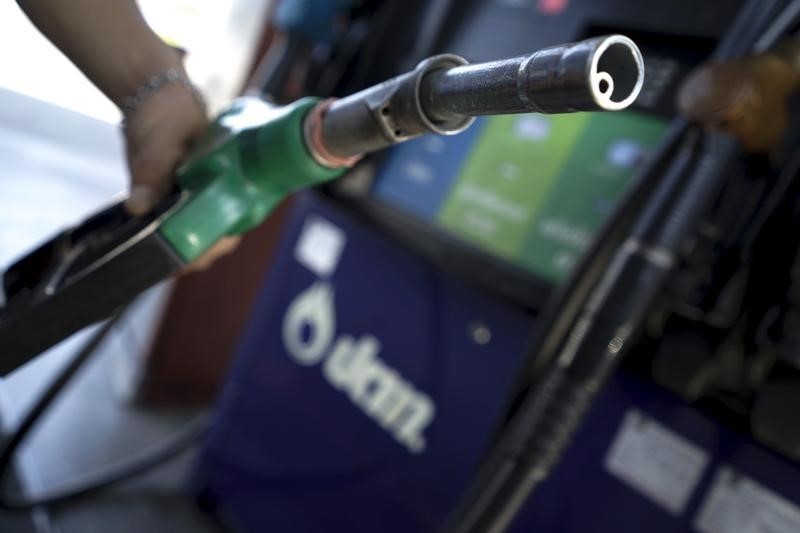This post was originally published on this site
https://i-invdn-com.akamaized.net/news/LYNXMPEC060ED_M.jpg
The number of active oil rigs in the U.S. fell by four to 176, the lowest since 2005, according to Baker Hughes Co. data released Friday. Beyond the addition of a single rig two weeks ago, explorers have been shutting off rigs for four and half months.
Explorers are channeling cash into dividends and other shareholder-friendly initiatives at the expense of drilling to appease investors fed up with years of poor returns.
“North American E&Ps are in a battle for investment relevance, not a battle for global market share,” Matt Gallagher, chief executive officer at Parsley Energy (NYSE:PE) Inc., told analysts during a conference call this week. “Allocating growth capital into a global market with artificially constrained supply is a trap our industry has fallen into time and time again.”
Worldwide lockdowns to prevent the spread of Covid-19 had a devastating impact on crude demand at a time when shale explorers were already struggling with too much debt and restive shareholders. While benchmark U.S. oil futures have roughly doubled to $40 a barrel since the start of May, prices are still down by more than 30% for the year.
The rig count is a closely watched metric because it’s long been considered indicative of future crude production. The relationship is imperfect, however, because of the time lag between drilling a well and commencing production, as well as other factors such as the turning off of existing wells in response to price movements.
©2020 Bloomberg L.P.


